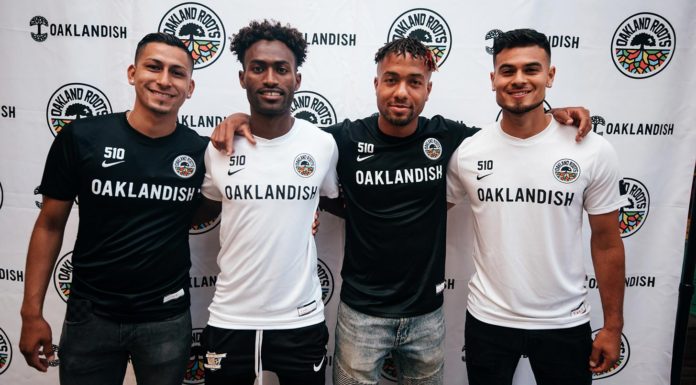Recently released, 1312: Among the Ultras takes readers into the underground universe of the most extreme football supporters in the world. We sat down for an exclusive interview with author James Montague to discuss how he infiltrated the notoriously secretive supporters’ groups, politics within the ultras scene, and the similarities and differences of supporter cultures across the globe.
James Montague couldn’t find a journalism job in England, so he took the first one he could find in Dubai. Turns out it was a blessing in disguise. While in the Middle East, he discovered two of his interests, soccer and politics, often intersected. He began to write soccer stories that were emblematic of ongoing movements in certain countries or that reflected certain political issues.
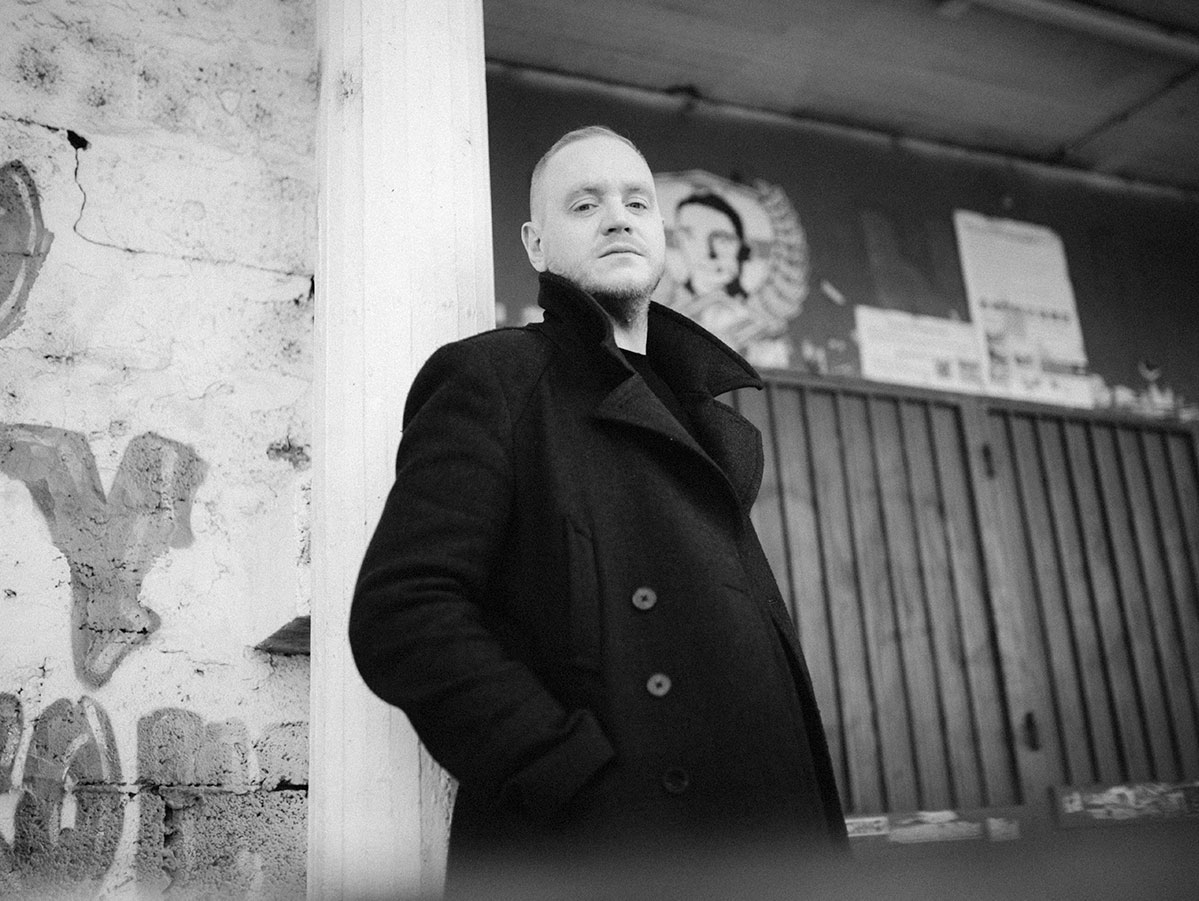
He began with a story about the International Olympic Committee banning the Yemen national team from a qualifier for taking qat, a socially acceptable drug in the region, and eventually a collection of similar stories became Montague’s first book. Soon after he began writing longer-form pieces that have been featured in the New York Times, Bleacher Report, and The Athletic, in addition to writing two more books.
For his fourth foray into the world of literature, Montague dove into the controversial world of die-hard football fans and their surrounding culture for 1312: Among the Ultras. We sat down with the award-winning author to discuss the new book, the football-politics connection, and which country has the most fervent supporters.
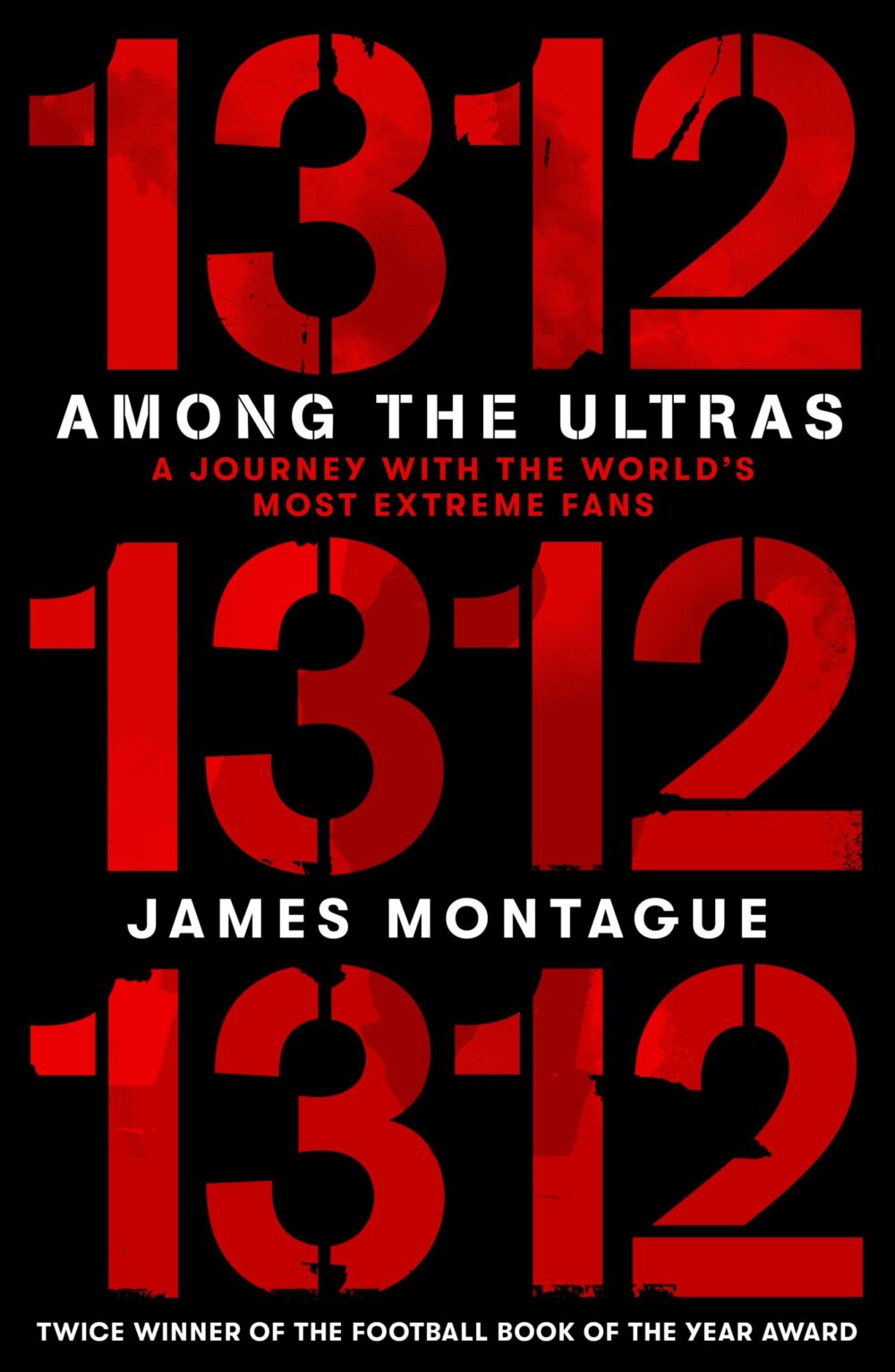
Urban Pitch: How did you land on the subject matter for this book? Why write about ultras?
James Montague: Nobody had done it, and to me they’re the most interesting part of soccer. You can enjoy the game in various different ways. But people love watching absolute elite level soccer. Some people like following their local team because it is connected to their community. People like watching it on television and consume it in many different ways.
But yet, the aesthetic of football is kind of set. What you see on television in the stadiums is set by a group called the ultras. And as a journalist I’ve known for years they’re a very difficult, secretive group of people. There hadn’t ever really been a book that explains who they are, why do they make these climactic displays, what do they do it for, and where does it come from. How is it the kind of lingua franca of the terrace movements around the world is Italian? How come these songs are the way they are?
And I’ve also known in the West, especially in England, football fans had a reputation as being hooligans — unthinking thugs. And the ultras I’ve met, you saw in many cases they were involved in revolutions and uprisings and were incredibly smart. And that’s not to say there were other problems as well, but I thought there was a depth to this that hasn’t been properly written about.
I had the title of it straight from the beginning because everywhere I went in the world, I would see “1312” spray-painted on soccer stadiums. Sarajevo, Belgrade, Moscow, Indonesia, Morocco. It’s an acronym for “all cops are bastards.” It’s a number code, 1312 represents that letter in the alphabet. So even though ultras are quite a heterogeneous group in many respects, they do agree with one thing. And that is a visceral hatred and distrust of authority, especially the police. And journalists are part of that as well.
As a member of “the establishment,” how were you able to convince some of these groups to give you the access you needed to write the book?
I met the right people. If I tried to write this book 10 years ago when I started out, then I don’t think I’d have the access to the people I needed to get access to. In a lot of the cases it was just blind luck. There’s no email address that you can contact. You need to find somebody who will trust you, and they can then make an introduction on your behalf to someone. It’s very much an honor system. If that person vouches for you, then you’re OK. If they don’t vouch for you, then you won’t get anywhere. And I was very lucky because I had a few people who could vouch for me and open doors in some places, and it created a bit of a domino effect.
When I go to South America I travel with a guy called Mikael, who’s one of the main characters in the book. He’s the godfather of the Swedish ultra scene, and he escorts me because we have a mutual friend. He knew people at La Doce, which is Boca Juniors’ main barra. He said he’d introduce me, but obviously ethically, it’s very difficult if you pay for access and I didn’t want to do that, so I said, “Well you can be my fixer. I need you to come and translate and do whatever bits and pieces I need to get me around.” Essentially, I bought him a ticket to Montevideo, and I met him for the first time in the Uruguayan capital. And we ended up spending three weeks traveling around South America, him introducing me to these people which eventually leads me down a path to interviewing Rafa di Zeo, who’s probably the most infamous fan leader in the world right now. So it was getting yourself in the right positions and also quite a bit of luck.
Every experience I had was one that took me closer to understanding what the scene was. But I also wrote about the times it didn’t work. I go to Morocco and I turn up to meet the head of the Raja Casablanca ultras. He’s a very famous figure there. I get collared by the police at the first game, and after that nobody will speak to me. No one will even answer the phone because they know the police are going to be watching me. I try to explain a little bit about the trial and error in the book. This wasn’t like I’m phoning up people and getting there to meet them and that’s how it works. There were times I’d turn up and I’d have nothing. When I showed up in Russia during the World Cup it turned out the Russian ultras had all been sent out of the cities on holiday, paid by figures to avoid any embarrassment or trouble in the cities because ultras and tourism are difficult to control. So, it was really fucking hard.
The book is split into four sections, can you elaborate on how you split it up?
I knew the book would be roughly chronological because we can trace the birthplace of the ultras to 1968 in Italy. That’s where the word “ultras” becomes synonymous with organized supporters’ groups. But it isn’t as simple as that. There are different epicenters to football supporter culture. There’s hooliganism in England in the 1960s, there’s the ultras in the late ’60s in Italy, there’s the Barras Bravas that you can really trace back to almost the ’20s in Argentina, and the Torcidas which you can trace back to the early 1940s in Brazil. And they all kind of cross-pollinate because of different stages of globalization. So I tried to go chronologically.
I start in Croatia because that’s where the first European organized football supporters’ group arrives in the 1950s, influenced by Brazilian stadiums of the time. They didn’t even go to the 1950 World Cup, these Croatian fans. They just heard the stories from the Croatian and Yugoslav players. It starts there, goes back to Uruguay where there’s an interesting story about probably the first documented crazy soccer fan in the world. And then it’s like dropping a pebble in water and the ripples spread out. You have Italy, which has a large connection to Argentina as well. The port of Genoa for instance, is a very crucial part in the development of football fan culture. Seventy percent of people from the Boca neighborhood in Buenos Aires have lineage to Genoa.
Originally I wanted to section it by political revolutionaries and look at what happened in Ukraine, Turkey, and Egypt, but then I decided chronologically it works a bit better. When you tell that story it’s not just the story of the spread of a culture, it’s also a story of globalization and how things over the course of a century can speed up.
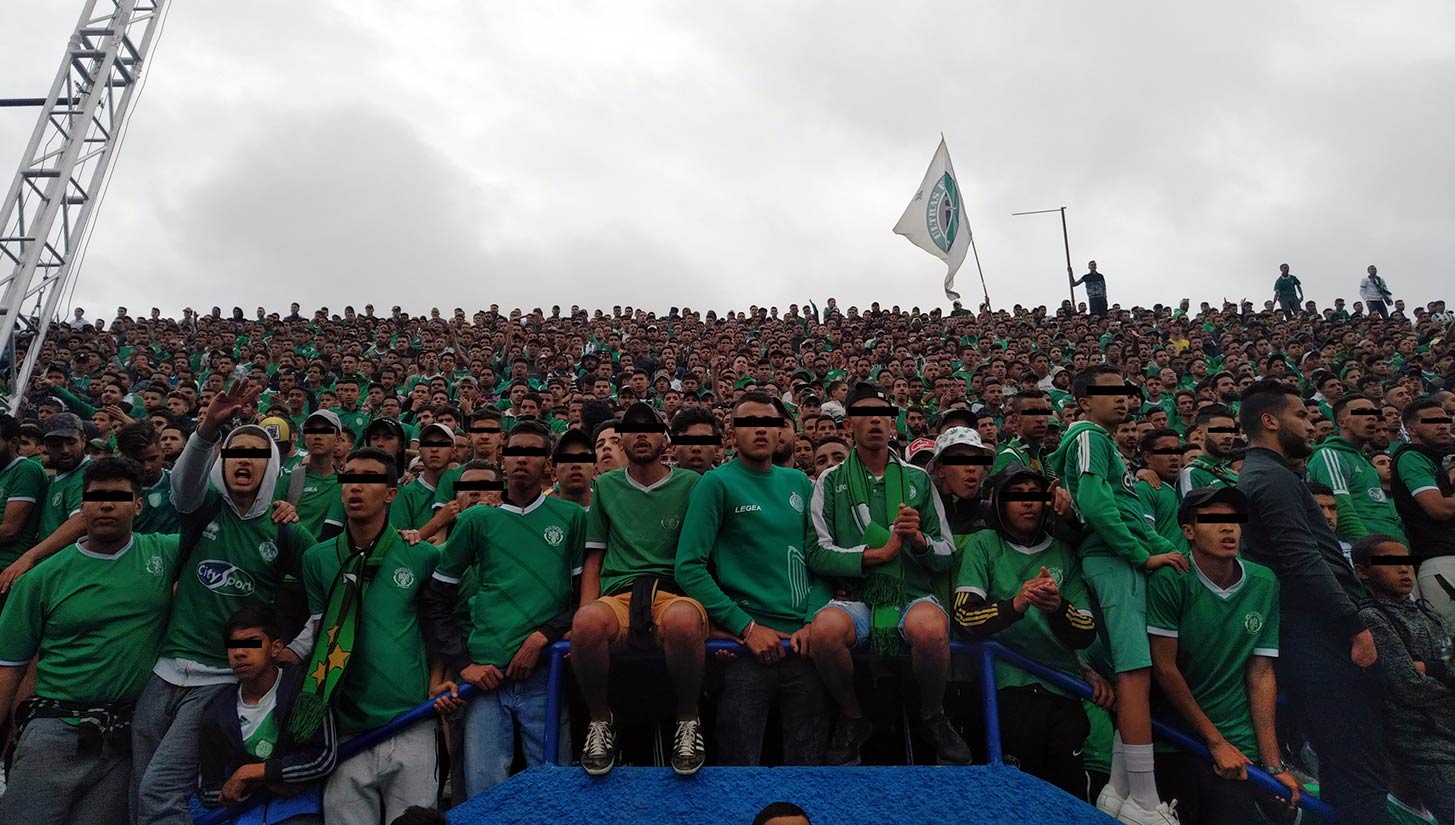
Given you’ve been all over the world documenting various supporters’ cultures, who in your opinion has the best?
It depends what you’re after. If you’re after the fan experience and something organized but not too disorganized at the same time, Germany’s fantastic. It’s allowed, and it has a very strong ultra culture. They’re almost like political activists there to be honest. They are an advocacy and civil society group that can put pressure through their public displays and through direct action. Often they’re very successful with it as well.
Sweden was probably the best fan experience you could find in Europe. They had brilliant ultras, great choreography, still have pyro, and a big conflict with the police. If you want something a bit old school, Italy has its moments but it’s mainly been legislated out of existence. The Balkans still has it, but it’s a little bit dangerous. The stadiums are not entirely under the control of the police.
The best pyro, the best choreography is Raja Casablanca in Morocco. North Africa has an insanely good terrace culture. And then in terms of pure enjoyment, I went to LAFC — and it’s very different in terms of the roots of where that culture comes from — but I thought it was a fantastic experience. And also, what I think is most important, it was genuine. It wasn’t fake, it wasn’t a plastic experience, it had integrity. I found it uplifting.
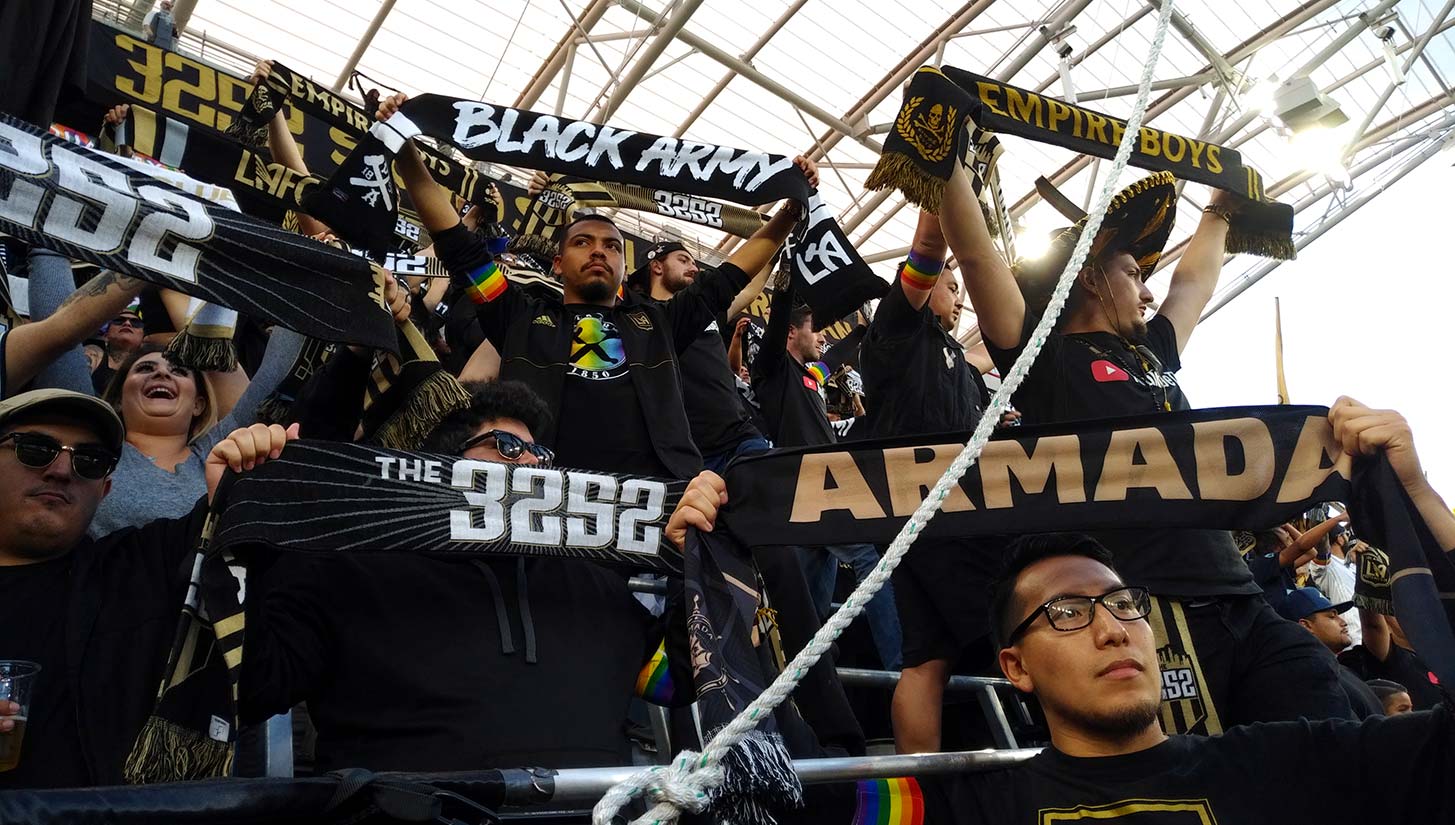
You talk about U.S. and LAFC fan culture in the book, how has MLS managed to grow that supporter culture and make it more authentic over the past few years?
I’m not sure the league can take much credit for it, to be honest. Obviously they had the ’94 World Cup, and that was a brilliant jumping off point to set up a league. And if you look at MLS it’s been a fabulous success, but every fan culture I’ve come across in the U.S. is built on deep roots already existing there. It isn’t like the soccer carnival came to town and everybody stopped being ice hockey fans. Which is what a lot of people think happens in the U.S. if they’re from the UK. And actually, when you get to LA you realize it had always been a soccer city. It’s been a soccer city as long as soccer was in the world. It just hasn’t really ever had anywhere it can pour itself into. Now you have LAFC and Galaxy, or Carson as people kept calling it.
LAFC’s a new team, but I was amazed by the fact that this wasn’t just virgin ground they were building a stadium on — saying open the doors and they will come type of thing. It was a confederation of individuals who all absolutely loved soccer and had their own origin story to it. Their family came from Chile, or their brother was a member of a barra in Argentina for River Plate. And they all were either born in the U.S. or came relatively young, had soccer culture in their DNA, and they’re moving to a city that already had it in its DNA as well. So I think LAFC was the first club in LA to really capture that and get that excitement from that kind of demographic. I suspect it’s probably the same in every other place that you’ve gone in America. So there’s a really deep story about soccer in the U.S. and about soccer fan culture. I think you just have to unlock it. And I think LAFC found a way to do that.
Political undertones, or overtones in many cases, are virtually synonymous with supporter culture at this point. Why is that, and why do you think many supporters’ groups seemingly tend to skew more far-right than far-left?
It’s definitely more, far-right, radical, and ultra-nationalist than progressive ultras. There are many progressive ultras around the world, but the majority of the scene is far-right. I looked into this in terms of the psychology of what it is to follow those kind of beliefs and being in a very male, working class, white space, which is what this is. But to be honest, the best answer I came to was — and this is something I thought about almost from the beginning when I was writing about the Middle East in football — is terraces reflect the part of society they’re drawn from. And in fact a great example of this is Roma.
So famously Lazio has always had the far-right tendency, their supporter group really always had much more conservative, neo-fascist roots. But Roma’s ultras on the Curva Sud have changed. You had groups like the Fedayeen, named after Palestinian guerrilla fighters of the Palestinian Liberation. The Fedayeen was a big leftist cause, and that showed you the inner city of Rome was a bastion of the Communist party. So Roma ultras on the majority were far-left, Communist, and Marxist.
And that changes today because Rome changes in the 1990s. Italy was a country that really exported people. It never really had an influx of immigrants before. And immigration then becomes this huge issue in Italy, and so a whole generation of young men are radicalized further rightwards. Which is a common trait we see in Eastern Europe as well. Homogeneous societies hermetically sealed from the world began to open up. And people who wanted to exploit the politics of fear exploited it extremely effectively. So now you see most of the ultras from Lazio and Roma really share very similar political views.
I think it is a case that it’s the politics that have changed because the society’s changed, and that means the terraces change. The thing is, this is a scene of constant renewal. It’s not the same people for 50 years. This is a young person’s game. You can’t do this when you have a life and a family. You can’t dedicate yourself. People drop out, they leave, they get arrested, they go to prison, they have a family, they get a job, and there’s always a new generation to come in. Every generation it changes, and it changes reflecting what those changes are in society.
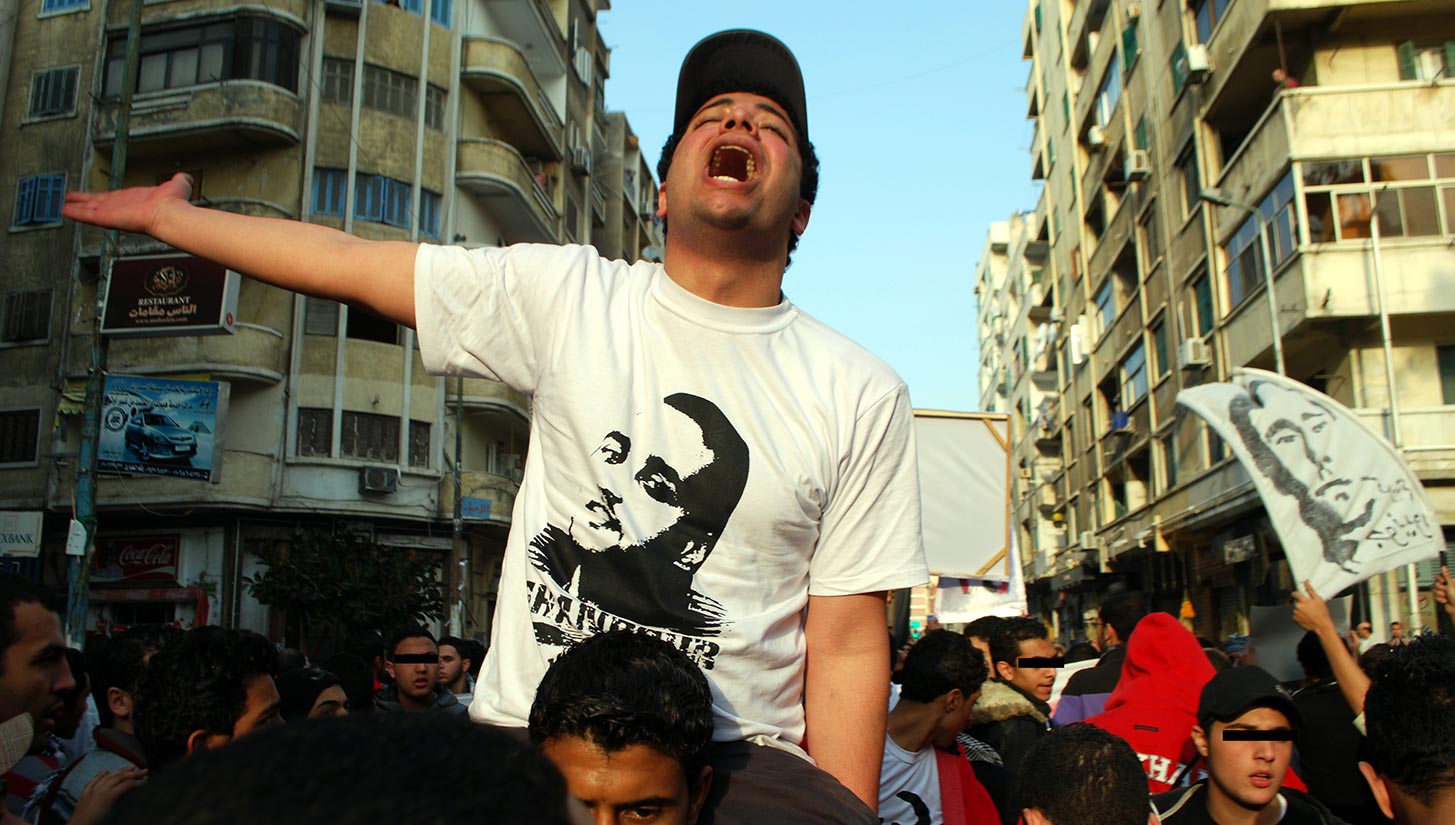
With ultras everywhere no longer having quite the same grip on power and influence as they once did, can these groups still exist in their current form going forward? And would it be fair to say that we’re in a bit of a transitional period when it comes to supporter culture?
Absolutely, even before COVID I would say it was already a transitional period. Now, all bets are off on what will happen. What’s true is ultra culture is extremely resilient. It’s a culture that knows how to protect and fight for itself — one that has survived. It produces such loyalty within people and such love for the scene they are prepared to sacrifice almost everything to continue it. The issues they’re most preoccupied by are issues of freedom and freedom to act in a certain way. But it’s about identification, it’s about anonymity. No face, no name is a phrase you often hear. The next big fight is going to be against facial recognition software, which is something ultras are dead against, as most people should be decidedly very scared that this is going to be rolled out.
But this is already something you can see how the fans, one by one, are being slowly defeated by the control the police want to exert on them. And that’s the same in Britain where they basically eradicated hooliganism, and in Italy where you have these banning orders. It’s very difficult to get flares and drums into a stadium now. In Eastern Europe, a lot of police can be connected to political figures or to organized crime, so it’s a really complicated mix of connections there.
The final stand will be Germany. Before all this blew up, the German ultras were suddenly the bad guys because they had started chanting against some of the owners of the football clubs, saying what they’re doing is diluting the spirit of the game. The ultras are hugely powerful there because you have 50-plus-1, which is a model giving the majority stake of ownership in most football clubs into the hands of a membership group, which will include ultras. And that means they’re extremely powerful in German football, and that is something a lot of powerful people in Germany are trying to change because they see what happens in England where there’s obviously no restrictions on who buys a football club. Because somebody who is responsible for dismembering a journalist from the Washington Post is about to own a football club effectively. There’s no restrictions on it.
And the powers that be in Germany say, “Oh we can’t compete, we need to have less of these restrictions as well.” And if that is broken, I think something very, very important will be lost. If they do succeed in taking the power in German football away from organized supporters’ groups and from membership organizations, then I think we’re in trouble. And I think that’s got to be the last stand.
What, in your opinion, is the biggest misconception about ultras and supporter culture in general?
That they’re hooligans. That’s the biggest thing, like it’s somehow a synonym. And there are people that are hooligans who just want to get pissed up and they want to fight. Part of this book I went to the arranged fighting scene. Hooligans are almost a separate entity on the edge of the ultra scene, with people who don’t really even go to the football matches but love to have these organized ultra-violent brawls against each other.
But the ultras get mixed up in all that, when in reality ultras can be political activists. Ultras can win a revolution. Ultras can beat the state. And I’ve seen it. I’ve seen it in Egypt, I’ve seen it to a certain extent in Ukraine, saw parts of it in Turkey. I see how it’s become a voice of opposition in Morocco, Algeria, and Tunisia. You can see how the activism rises in Germany on various issues, right and left. In the Balkans, the Delije, the Red Star Belgrade ultras, played their role in the uprising that removed Slobodan Milosevic from power. In the right conditions, ultras can be a revolutionary force, and in the wrong conditions they can be organized criminals. But it’s a spectrum of many talents and many dangers, and it’s something that infinitely fascinates me.
Any wild stories from your times with any of the supporters’ groups?
I go and witness an arranged fight in Sweden. It was supposed to be 70-versus-70, it’s almost impossible to get access to the scene but I managed to talk my way into it. Then the other side didn’t turn up and it turned into a riot. Saw some horrific violence and got chased by the police and managed to escape.
I also met Diabolik, the head of Lazio’s Irriducibili and one of the most infamous men in Italy. He gets out of the car and everyone gives him a straight-arm Roman salute. We do an interview next to a portrait of Mussolini, and then he’s murdered three months later. Also I met the head of La Doce, the barra of Boca Juniors. These guys are powerful and dangerous. At one point we thought we were being led into a trap, where one of the rivals of the group may wanted to have robbed or killed us. We were warned, so we didn’t turn up. There were plenty of hairy moments, but there was also lots of great football camaraderie. Fun, beer, weed, I mean Uruguay. It was an experience I will never, ever forget.
Interview edited for clarity and brevity.
Photos courtesy of James Montague. Pick up your copy of 1312: Among the Ultras here.







